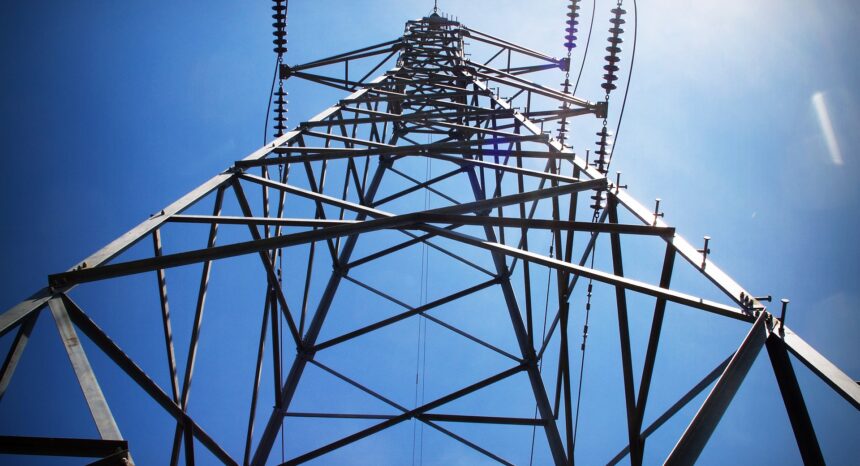Regions across the United States see regular power outages as a result of winter weather and powerful storms. Further, the California Electricity Crisis of 2000-2001 and the blackout in the Northeastern United States in 2003 are just two examples of the technical fragility of the country’s electrical infrastructure. Could a “smart grid” — which would have more flexibility in distributing power — help solve some of these problems? As a 2007 Scientific American report suggests, the idea is not new. But in the past few years, more companies have begun research in this area; and the U.S. Department of Energy has awarded nearly $8 billion in government and private grant funding to about 100 firms that are now implementing smart grid technologies across many states.
America’s electricity infrastructure is, in any case, very old in many places, and the limitations of the current system are becoming more apparent each year. For useful background on the history, current challenges and potential solutions for this ailing infrastructure, see the Department of Energy’s primer “The Smart Grid: An Introduction” (PDF).
A 2012 study from MIT and the Sloan Foundation published in the Journal of Economic Perspectives, “Creating a Smarter U.S. Electricity Grid,” focused on the benefits and liabilities of “smart grid” technology to improve monitoring, transmission and distribution through each point in the traditional delivery system.
Key study findings include:
- More than 90% of residential and small business power outages can be traced to failures in the local distribution system caused by weather conditions — wind and storms, tree limbs or ice on the wires, and flooding — or to aging equipment.
- The moment-by-moment demand for electricity varies widely, peaking during days with extremely hot or cold weather. Because electricity cannot be efficiently stored, the grid must constantly adjust to match rises and drops in demand.
- The rise of technology such as solar photovoltaic systems and electric cars is anticipated to further strain the capacity of the existing system to adjust to changing needs.
- Costs to generate electricity mirror demand: When demand is peaking, costs per megawatt rise, and vice versa. Consumers are charged in such a way that does not reflect these fluctuations, mostly as a result of how homes and small businesses are metered.
- The three high-voltage AC electricity networks that serve the continental United States experience different levels of congestion; system operators are unable to “see” the loads of neighboring networks, which limits network control. The 2003 Northeast Blackout was, according to the author, the result of poor communication between system operators of interconnected areas.
- A lack of continued investment in system upgrades such as communications and computerized monitoring forces the systems to work that much harder. The cost of upgrading the existing system with “smart” equipment is estimated to be between $56 billion and $64 billion.
- Smart-grid technology is well-suited to adjust to the variable outputs of renewable energy sources such as wind turbines and solar panels. “To balance supply and demand continuously when there is significant intermittent generation on the high voltage network requires that system operators have the capability to respond very quickly to rapid change in power flows.”
The author concludes that while the existing electrical infrastructure is aging, “there is a lot of uncertainty about the size and cost of benefits, and these … vary across distribution feeds as well as customers and regions.”
Tags: metastudy, infrastructure, municipal, technology


Expert Commentary